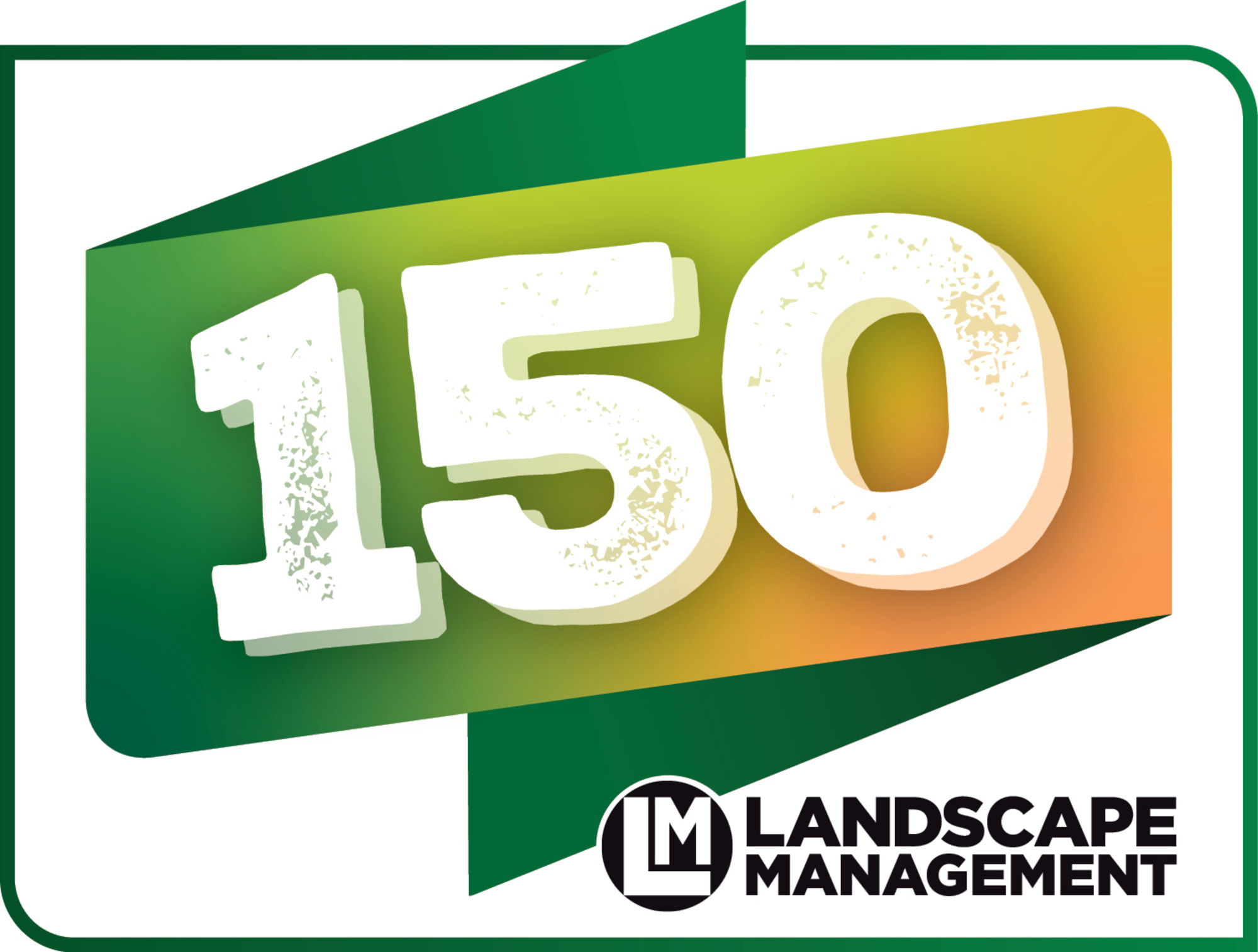Table of Contents
Table of Contents
Your operational health lays the groundwork for sustainable growth and determines how prepared your business is to manage challenges effectively. This quiz will help you evaluate your current operational practices across key areas such as staffing, client management, financial stability, and technology use, and offer invaluable insights into where your business excels and where there is room for improvement.
By optimizing day-to-day operations, you are better equipped to handle challenges in your market, maintain service quality during scaling efforts, and ultimately enhance profitability.
Operational Health Quiz
Read each section and select the behavior most closely matched to your current operational practices.
Assign the corresponding point value to your answer:
1 for Complete Lack of Control
2 for Harm to Profitability
3 for Operating at Cost
4 for Optimized and Profitable
Then, total your points to determine your operational health grade.
Staff Management and Scheduling
Complete Lack of Control (High Risk)
Your company doesn’t use a formal scheduling system, relying on texts and emails to communicate last-minute shift changes. There are frequent no-shows or scheduling conflicts, and over- or under-staffing is common for routes.
These conditions lead to excessive overtime costs or inadequate route coverage, directly impacting client satisfaction and profitability.
Harm to Profitability (Moderate Risk)
Company scheduling is done manually, with basic tools like whiteboards or Excel spreadsheets, leading to occasional double bookings or gaps in coverage.
Your staff turnover is higher than the industry average, potentially due to dissatisfaction with erratic schedules, which intermittently affect service delivery and incur additional training costs.
Operating at Cost (Low Risk)
Your company uses dedicated software for scheduling, but the process is not fully optimized. Even though schedules are made without significant issues, they lack the flexibility to respond quickly to changes, causing occasional inefficiencies and preventing integration with other processes, such as CRM and invoicing.
The staff are generally satisfied, yet there are missed opportunities for optimizing labor costs and improving service allocation.
Optimized and Profitable (No Risk)
You are using advanced, fully integrated scheduling software, like Aspire. The dynamic scheduling makes it easy to respond to real-time demands and fully integrates with end-to-end processes.
The staff retention rates are high thanks to predictable and accommodating work schedules.
Operational costs are minimized, and profitability is maximized due to efficient staff management and optimal allocation of resources.
Grade yourself:
1 Point: No formal scheduling system; frequent no-shows due to last-minute notifications.
2 Points: Manual scheduling with occasional double bookings or gaps in coverage.
3 Points: Digital scheduling is used but not integrated or optimized; it lacks flexibility for changes.
4 Points: Advanced scheduling with Aspire, maximizing efficiency, and staff satisfaction.
Client Relationship Management
Complete Lack of Control (High Risk)
Your company doesn’t have a system for tracking client interactions, feedback, or complaints.
Both client requests and complaints are frequently overlooked or lost, leading to high client turnover and damaging your company’s reputation.
There is a lack of follow-up on service issues, resulting in unresolved client dissatisfaction and potential legal disputes.
Harm to Profitability (Moderate Risk)
Your team uses basic customer relationship management (CRM) tools, like paper files. Only some client information is tracked, so follow-ups and issue resolutions are inconsistent.
There are occasional issues with client dissatisfaction and lost opportunities for contract renewals or upselling services.
Operating at Cost (Low Risk)
You use a CRM system that manages client data effectively. However, the use of data for improving service or client engagement is not maximized.
While account managers maintain regular communication, proactive relationship building and strategic client management are lacking, limiting the potential for business growth.
Optimized and Profitable (No Risk)
You use an advanced CRM software solution that is integrated with other processes. Your team maintains regular, proactive communication tailored to each client's needs and preferences.
Client feedback is systematically collected in the field and the office and acted upon, leading to high client retention rates and opportunities for upselling.
Strong client relationships are leveraged to generate referrals, increasing profitability.
Grade yourself:
1 Point: No system for tracking client interactions; high client turnover.
2 Points: Basic CRM tools are underutilized; inconsistent follow-ups and client management.
3 Points: Effective CRM use but lacking proactive relationship management.
4 Points: An integrated, automated CRM with Aspire enhances client retention and profitability.
Financial Management
Complete Lack of Control (High Risk)
You have no formal budgeting or financial tracking, so expenses are not monitored, leading to frequent cash flow crises.
The lack of organizational financial planning results in reactive decision-making, missed bill payments, and potentially incurring debt to cover operational costs.
Harm to Profitability (Moderate Risk)
You use basic financial tracking, but budgeting is not aligned with business goals.
There are occasional reviews of financial statements, leading to some insights, but there is no consistent strategy for managing expenses or investments, which affects the overall financial health and limits profitability.
Operating at Cost (Low Risk)
You use financial software to track income and expenses; budgets are set and generally adhered to.
However, financial analysis and forecasting are not fully utilized. This results in adequate financial management that maintains the business but lacks the optimization needed for growth.
Optimized and Profitable (No Risk)
You use a comprehensive financial management system, including real-time job cost insight, advanced reporting, and integration with industry-standard bookkeeping systems, such as QuickBooks and Acumatica.
You’re using financial forecasts and analytics to drive business decisions, leading to strong financial health, robust profit margins, and the ability to invest in growth opportunities.
Grade yourself:
1 Point: No formal budgeting or tracking; frequent financial crises.
2 Points: Basic financial tracking is not aligned with business goals.
3 Points: Regular financial management but lacking strategic forecasting.
4 Points: A comprehensive financial system, such as Aspire, to drive decisions and profitability.
Supply Chain and Inventory
Complete Lack of Control (High Risk)
You don’t have a system to monitor inventory levels, order supplies, or track asset utilization, so there are frequent occurrences of either surplus or shortage of materials and supplies, leading to disrupted operations or unnecessary capital tied up in excess inventory or unplanned equipment rentals.
Relationships with suppliers are not managed, resulting in missed discounts and unfavorable terms.
Harm to Profitability (Moderate Risk)
Basic inventory and equipment tracking is in place, but it is often inaccurate or outdated. Ordering is reactive rather than based on systematic demand forecasting, causing occasional shortages and emergency purchases or rentals at premium prices.
Your team’s limited interaction with suppliers prevents negotiation for better terms or bulk discounts.
Operating at Cost (Low Risk)
You have employed an adequate inventory and equipment management system that tracks supply levels and facilitates regular reordering; however, the lack of integration with other business systems, like financial management or scheduling, limits efficiency potential.
There are some established supplier relationships, but your system overlooks opportunities for strategic sourcing and cost savings.
Optimized and Profitable (No Risk)
You use an advanced inventory and equipment management system fully integrated with other business systems, providing real-time data on stock levels and consumption patterns.
You’ve built strategic supplier relationships with negotiated contracts with favorable pricing, terms, and reliable delivery schedules.
Inventory levels and asset utilization are optimized to meet demand without overstocking or unexpected rentals for improved profitability.
Grade yourself:
1 Point: No inventory or equipment tracking; frequent shortages or overstocks.
2 Points: Basic inventory and asset management; reactive purchasing.
3 Points: Adequate inventory and equipment system; lacks integration with other systems.
4 Points: Optimized inventory and asset utilization via Aspire with strategic supplier relationships.
Quality Control and Service Delivery
Complete Lack of Control (High Risk)
There are no standardized processes or checklists for services, so service quality varies significantly, depending on the experience of the field crew.
There are frequent customer complaints and cancellations.
The lack of quality control measures results in inconsistent service delivery, hurting your brand’s reputation and client trust.
Harm to Profitability (Moderate Risk)
You use some basic quality control procedures, but they are not consistently applied across all teams or locations.
This inconsistency often leads to costly rework and client dissatisfaction, reducing overall profitability and generating lost business.
Operating at Cost (Low Risk)
You use standardized quality control checklists, and service delivery is regularly reviewed.
However, there is no or limited innovation in service delivery methods, leading to a satisfactory but not exceptional level of service.
While your teams maintain the status quo, they’re missing opportunities to streamline service delivery, upsell premium services in the field, and enhance client loyalty.
Optimized and Profitable (No Risk)
You use integrated, comprehensive quality control systems with regular audits, feedback loops, and continuous improvement processes.
High service standards are consistently met, leading to high client satisfaction and retention rates.
Innovative service delivery approaches are employed, distinguishing your business from competitors and supporting premium pricing.
Grade yourself:
1 Point: No standardized quality control; inconsistent service quality.
2 Points: Basic quality controls; not consistently applied.
3 Points: Regular reviews but lacks proactive service innovation.
4 Points: Integrated quality systems via Aspire, ensuring high service standards and innovation.
Technology and Innovation
Complete Lack of Control (High Risk)
There is no technology used to manage business operations; instead, you rely on paper records and manual processes that lead to high error rates, inefficiency, and the inability to scale or adapt to market changes.
Your operational capabilities are severely limited, and you cannot maintain competitive positioning in your market.
Harm to Profitability (Moderate Risk)
You have limited use of basic digital tools for some business operations, such as email for communication and spreadsheets for scheduling.
This partial adoption results in some improvements but fails to fully capitalize on the potential efficiencies and insights that advanced software can offer.
Operating at Cost (Low Risk)
You make moderate use of technology with standalone systems for different functions like scheduling, client management, and financial tracking.
These systems are not integrated, leading to siloed information and missed opportunities for data-driven decision-making and process optimization.
Optimized and Profitable (No Risk)
You’re using the full end-to-end integration of a cloud-based software solution like Aspire.
By leveraging a comprehensive suite of tools for end-to-end business management, including advanced scheduling, CRM, financial management, and real-time reporting, you streamline operations but also drive innovation through data insights and advanced reporting.
Your team uses the tools necessary for continuous improvement to build a competitive advantage in your market.
Grade yourself:
1 Point: Reliance on manual processes; no technological integration.
2 Points: Basic digital tool usage; limited scope.
3 Points: Moderate technology use; standalone, non-integrated systems.
4 Points: Full integration of Aspire, leveraging technology for competitive advantage and growth.
How did you score?
6-11 Points: Grade D (Complete Lack of Control)
12-17 Points: Grade C (Harm to Profitability)
18-23 Points: Grade B (Operating at Cost)
24-29 Points: Grade A (Optimized and Profitable)
Elevate your field service business to new efficiency and profitability with Aspire.
Now that you know how your operational health measures up, find out how to improve your operations with The Efficiency Playbook: A Comprehensive Guide to Building, Scaling, and Optimizing Field Operations.
Aspire’s comprehensive business management software provides the tools and insights to streamline operations, improve client satisfaction, and drive growth. Schedule a free demonstration of Aspire and discover how we can help you transform your operations for limitless growth.







